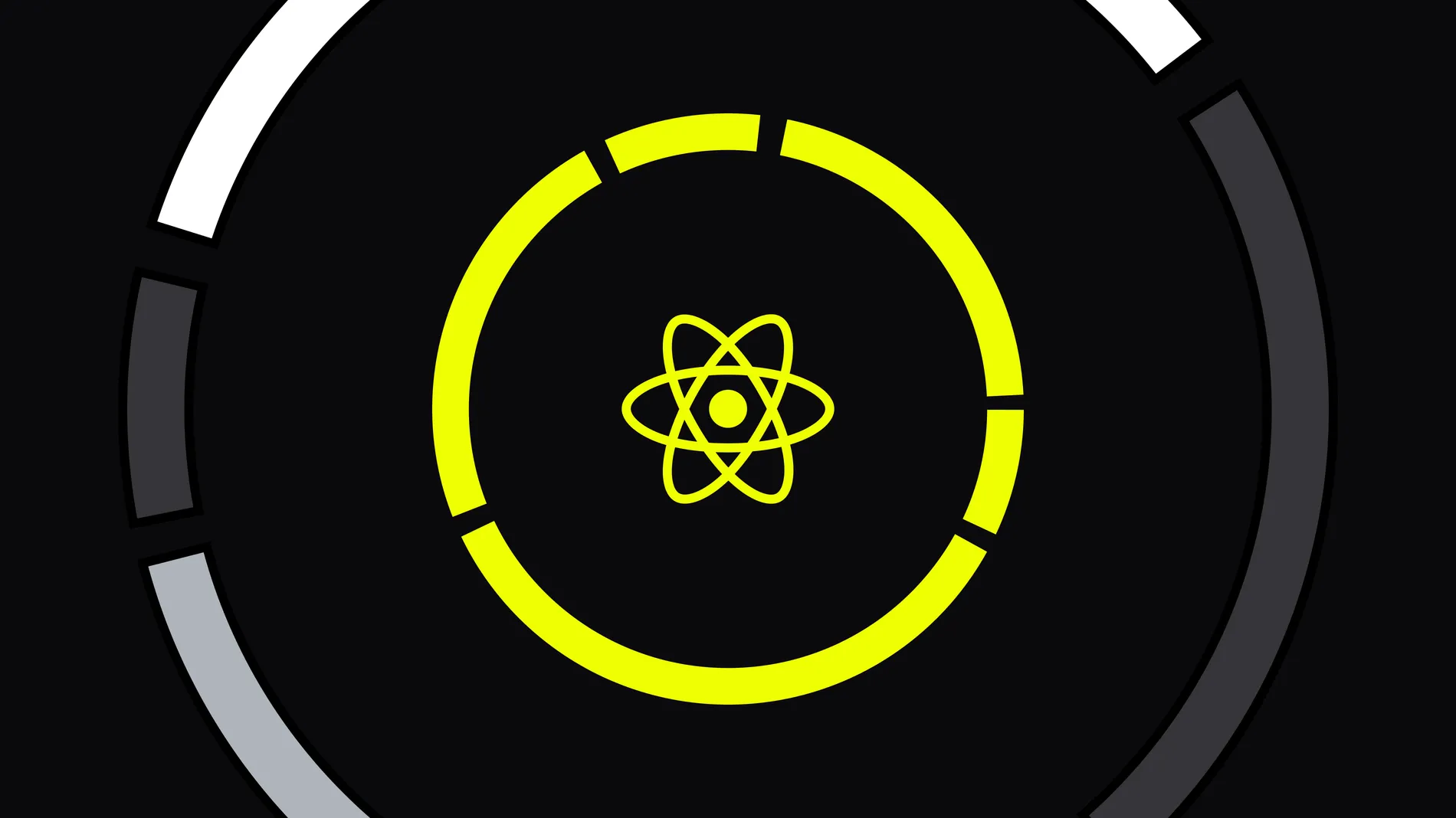We were considering React Native and Flutter for creating apps when we were tasked with creating a new app for our client, Enerace. While we did consider Flutter and React Native for the job, Google’s framework didn’t click for us. It felt clunky and awkward, even though it’s a great piece of code. We are already commonly using React in our projects, which made the decision even easier for us. As for the app itself, our task was to improve the visibility and control over energy contracts, streamline the decision-making, and improve the user experience (UX).
Improved visibility and control over energy contracts
The app now consolidates energy contracts for multiple clients, enabling users to track usage and costs across different entities. It also offers real-time price monitoring, displaying both simulated and market prices for energy purchases, enabling informed decisions and preventing overpaying. We also improved filtering capabilities, allowing users to easily find specific contracts based on year, type, status, and client.
Streamlined Decision-Making
Users can now directly approve or reject recommendations for purchasing energy tranches within the app. This eliminates the need for manual back-and-forth communication and saves time.
Improved UX
The app provides mobile access to all of the features and functionality of the desktop version, allowing users to manage their energy contracts from anywhere, which was previously impossible.
Overall, the new app provides the client with a more comprehensive and user-friendly tool for managing their energy contracts.
This is just one small part of our work for Enerace. Our React Native app is just a part of the overarching project focused on transitioning from a consulting business to a SaaS. For more information, feel free to read our full case study here.
